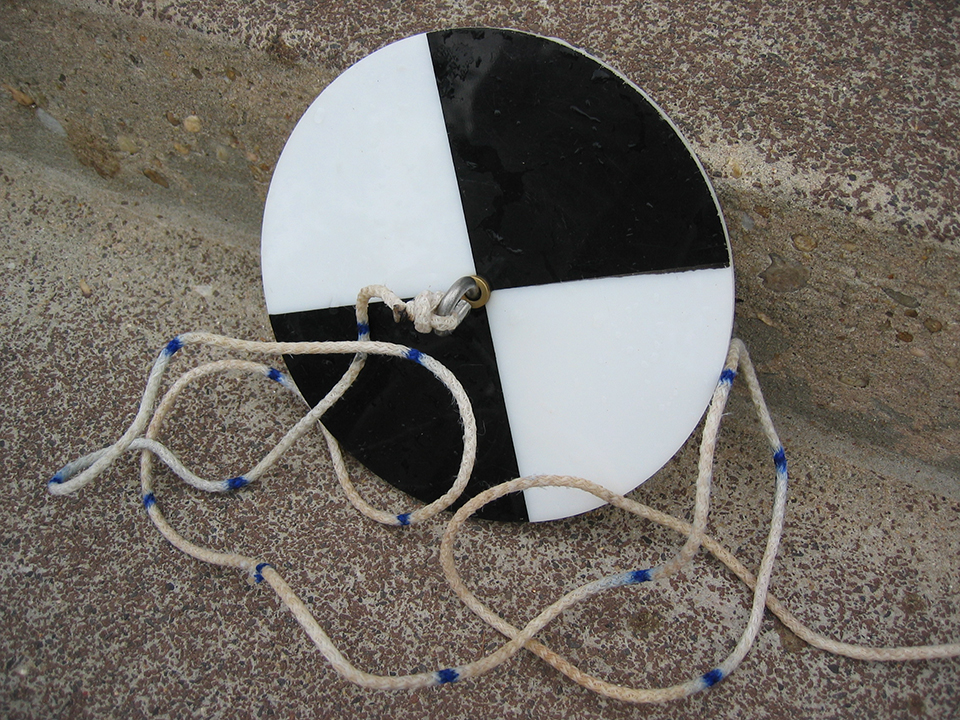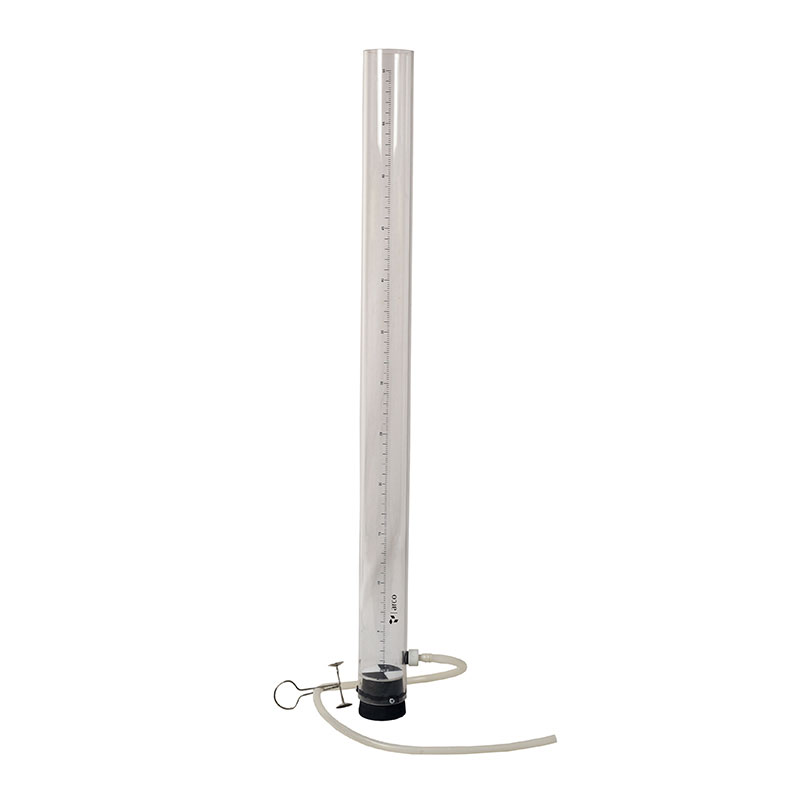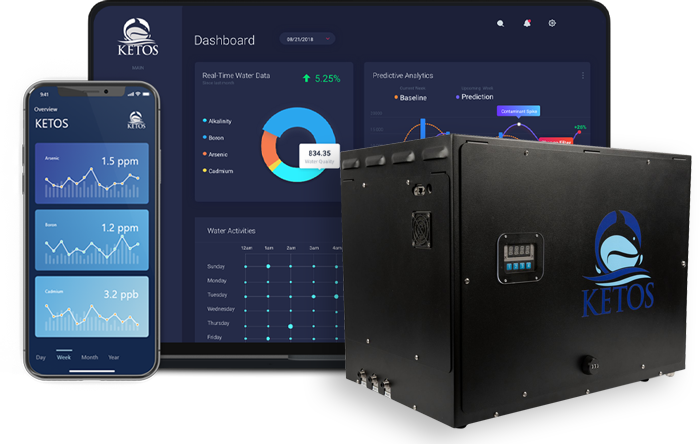Water clarity can be misleading. Turbidity provides a crucial measure of water quality by detecting microscopic particles invisible to the naked eye. This important indicator affects both drinking water safety and ecosystem health. Suspended materials like sediment, algae, and microorganisms create cloudiness that may signal potential risks. By monitoring turbidity, water professionals can better ensure the safety and cleanliness of our water resources. Understanding this parameter is essential for maintaining water quality across various environments and applications.
What is Turbidity?

Turbidity is a measure of water clarity that quantifies the amount of suspended particles in a liquid. These particles interfere with light transmission through water, causing it to appear cloudy or hazy. The concept can be visualized by imagining a beam of light passing through water:
- In clear water, light travels straight through with minimal scattering.
- In turbid water, particles scatter and absorb the light, reducing its direct transmission.
High turbidity is characterized by murky or opaque water, often seen in rivers after rainfall. Conversely, low turbidity results in clear, transparent water typical of treated drinking water.
Several factors contribute to increased turbidity:
- Sediment runoff from erosion or storm events.
- Suspended matter agitation by wind or water currents.
- Anthropogenic activities such as construction or dredging.
- Algal blooms in nutrient-rich waters.
- Organic matter from decomposition processes.
- Unauthorized discharge of wastewater or sewage.
Turbidity is typically measured in Nephelometric Turbidity Units (NTU) or Formazin Nephelometric Units (FNU). These units quantify the intensity of light scattered by suspended particles at a 90-degree angle from the incident light beam. While NTU and FNU are often used interchangeably, they differ slightly in their measurement methods:
- NTU measurements use a white light source.
- FNU measurements employ an infrared light source.
Understanding turbidity is important for water quality assessment, treatment process optimization, and environmental monitoring across various sectors.
How to Measure Turbidity in Water?
There are several ways to measure turbidity, from simple tools you can use in a lake to complex machines used in water treatment plants. Let’s look at some of these methods:
1. Visual Tools

The Secchi Disk
The Secchi disk, invented in 1865, measures water clarity by determining the depth at which a black and white circular disk disappears from view when lowered into water. This simple tool provides a quick estimate of turbidity in lakes and oceans.
| Aspect | Details |
| Measurement Process |
|
| Advantages |
|
| Limitations |
|

Transparency Tube
The transparency tube is a portable visual tool for measuring turbidity, particularly useful in streams and rivers. It consists of a clear tube with depth markings, a Secchi disk pattern at the bottom, and a release valve. This device offers a controlled environment for turbidity assessment in shallow or flowing waters where a traditional Secchi disk might be impractical.
| Aspect | Details |
| Measurement Process |
|
| Advantages |
|
| Limitations |
|
2. Turbidity Meters (Nephelometers)
Turbidity meters, also known as nephelometers, are advanced instruments that measure the scattering of light caused by particles suspended in water. These devices provide precise, quantitative measurements of turbidity and are widely used in various water quality applications.
Key Components
Turbidity meters consist of two essential components that work together to measure light scattering in water samples:
- Light Source:
- White light (400-680 nm): Specified by EPA Method 180.1, using a tungsten filament lamp with 2,200-3,000 K color temperature.
- Near-infrared light (860 ± 60 nm): Specified by ISO7027, using an LED light source.
- Detector: Typically positioned at a 90-degree angle from the light source to measure scattered light.
Types of Turbidity Meters
Turbidity meters come in various designs, each suited for specific applications and environments. The three main types are:
| Type | Description | Applications |
| Benchtop Meters |
|
Drinking water analysis, beverage production. |
| Continuous Flow Meters |
|
Water treatment facilities, distribution systems. |
| Submersible Sensors |
|
Environmental monitoring, wastewater treatment. |
The choice of turbidity meter depends on the specific application, regulatory requirements, and the nature of the water being tested. Each type offers unique advantages in terms of precision, convenience, and suitability for different environments.
Why Is Turbidity Measurement Important?
Turbidity is an important water quality parameter, offering insights into various aspects of water systems and their health. Its measurement is vital across different sectors:
Surface Water Ecosystems
Turbidity is a vital indicator of ecosystem health in surface waters. It affects dissolved oxygen levels and water temperature, impacting aquatic life and fish reproduction. Turbidity measurements help monitor the environmental impacts of human activities and assess water body impairment, making it crucial for conservation efforts and pollution control.
Drinking Water Treatment
In drinking water treatment, turbidity measurement ensures water safety and quality. It indicates filtration effectiveness, aids in regulatory compliance, and helps detect issues in distribution systems. By monitoring turbidity, treatment facilities can optimize processes and maintain public health standards.
Beverage Production
Beverage manufacturers rely on turbidity measurements to maintain product quality and consistency. It helps prevent aesthetic issues and identify potential taste-affecting compounds. Monitoring turbidity throughout production ensures that final products meet consumer expectations for clarity and flavor.
Wastewater Management
Wastewater treatment plants measure turbidity alongside Total Suspended Solids (TSS) to manage activated sludge processes effectively. It helps monitor treatment effectiveness and ensure regulatory compliance. Accurate turbidity measurements allow operators to optimize processes, reducing environmental impact and meeting discharge standards.
By monitoring turbidity across these diverse applications, water quality professionals can make informed decisions, optimize processes, and maintain healthy aquatic environments. Whether it’s protecting ecosystems, ensuring safe drinking water, or managing industrial processes, turbidity measurement plays a vital role in water quality management.
How to Reduce Turbidity in Water Treatment Plants
Reducing turbidity is a critical aspect of water treatment, ensuring the production of clean and safe drinking water. Water treatment plants employ various strategies and technologies to effectively remove suspended particles and improve water clarity. Here are the key methods used:
1. Coagulation and Flocculation
This process involves adding chemicals (coagulants) to destabilize suspended particles, allowing them to aggregate into larger, more easily removable clumps (flocs).
- Common coagulants: aluminum sulfate (alum) and ferric chloride.
- Enhances the removal of microbes and organic matter.
- Improves efficiency of downstream treatment processes.
2. Sedimentation
After coagulation, water flows into sedimentation basins where gravity separates the flocs from the water.
- Allows heavier particles to settle at the bottom.
- Significantly reduces turbidity.
- Can be enhanced with inclined plate settlers for improved efficiency.
3. Filtration
Following sedimentation, filtration removes the remaining suspended solids. Various methods include:
- Rapid sand filters: Water passes quickly through layers of sand and gravel.
- Slow sand filters: Water trickles slowly through the sand, allowing beneficial bacteria to remove contaminants.
- Membrane filters (e.g., ultrafiltration): Remove smaller particles, including some bacteria.
4. Optimization of Treatment Processes
Continuous monitoring and adjustment of treatment processes are crucial for maintaining low turbidity levels.
- Adjusting coagulant dosages.
- Monitoring and maintaining filter performance.
- Implementing regular backwashing protocols.
- Controlling water flow rates through the plant.
- Maintaining optimal pH levels.
5. Advanced Technologies
For treating highly turbid water or achieving very low turbidity levels, advanced technologies may be employed:
- Reverse osmosis;
- Advanced oxidation processes;
- Media Filtration; and
- Ultrafiltration (UF).
6. Source Water Protection
Preventing turbidity at the source can significantly reduce treatment requirements:
- Planting vegetation near water sources to prevent soil erosion.
- Constructing pre-sedimentation basins.
- Implementing rough filters to remove large particles before the main treatment.
7. Regular Monitoring and Maintenance
Ensuring ongoing effectiveness of turbidity reduction measures:
- Continuous monitoring using turbidity meters.
- Regular maintenance of equipment and treatment systems.
- Periodic assessment and upgrading of treatment processes.
Water treatment plants aim for turbidity levels under 0.1 NTU for safe drinking water. Effectiveness depends on source quality, regulations, and resources. Facilities use tailored approaches, combining methods to optimize clarity and meet local needs, ensuring consistent quality across diverse conditions.
Smart Turbidity Monitoring: The Ketos Advantage
We know how important clean water is to you. That’s why at Ketos, we’ve created a smarter way to check water clarity. Our easy-to-use system:
- Constantly monitors water quality, so you don’t have to.
- Tells you right away if the water gets cloudy.
- Lets you check water clarity from your phone or computer.
- Helps you follow water safety rules without the hassle.
With Ketos, keeping water clean is easier than ever. Our smart technology helps water treatment plants spot and fix turbidity quickly, making sure your community always has clear, clean, and safe water to drink.










